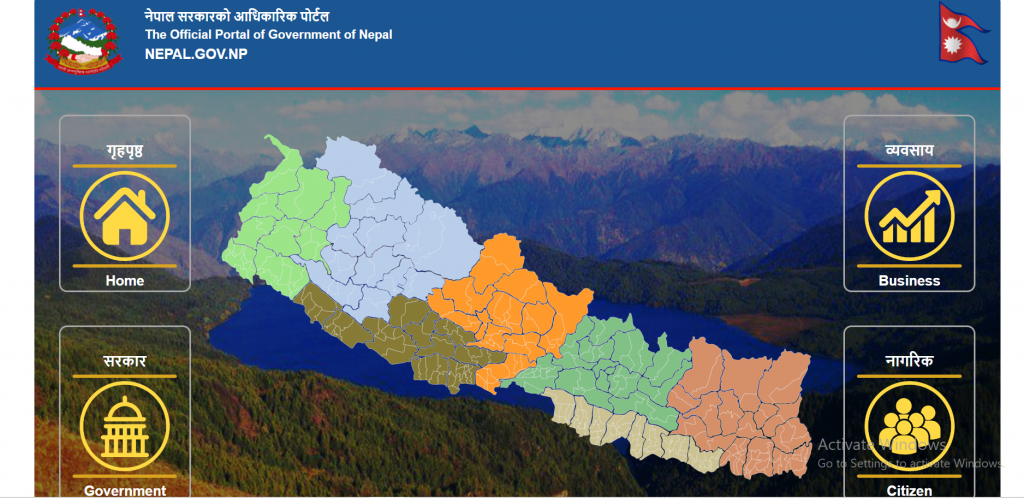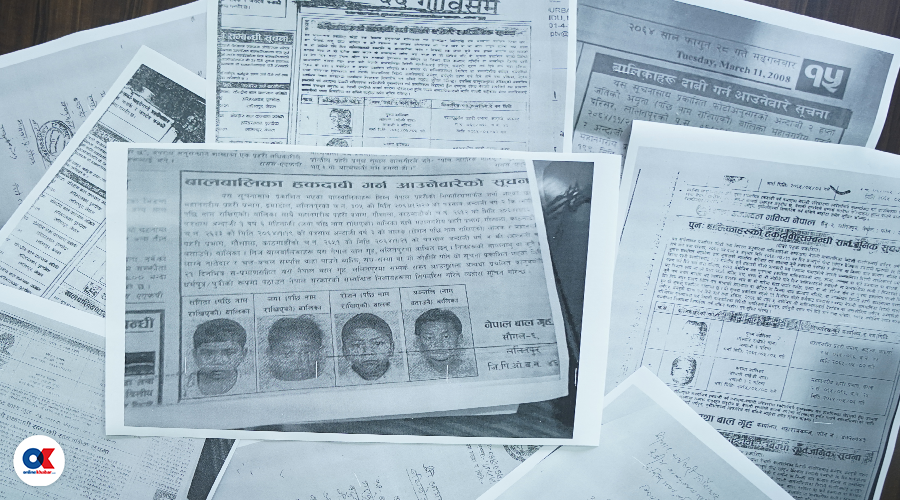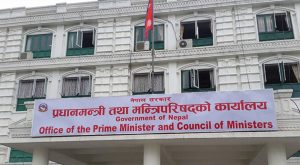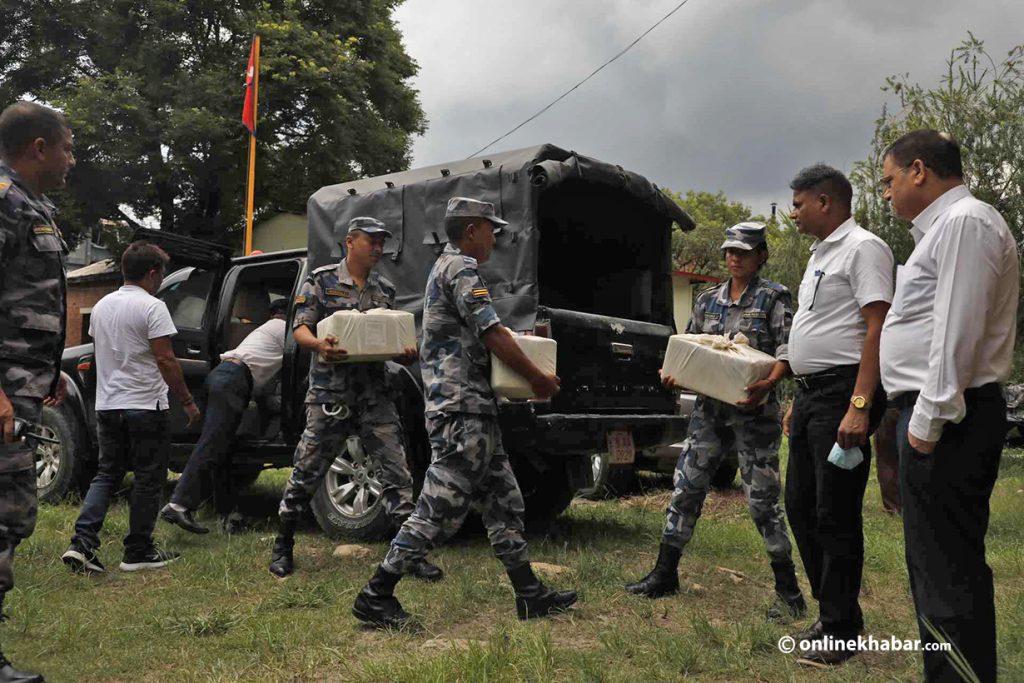
All the government websites of Nepal with “.gov.np” URLs were down on Saturday (January 28). As per the reports, they were down because of server failure. It lasted for almost two hours, questioning the country’s cybersecurity status.
Moreover, there have been other recorded histories of government websites going down after having a failure in the past also. With the increase in the number of users of government websites for official works, these cases might increase as well in the future.
Hence, it is time concerned government agencies paid attention to the issue. So, what are the possible causes and solutions? Here, we discuss briefly.
What might be the cause of the crash?
According to multiple reports, there was a server-down issue with the government websites. Also, some reports suppose that there were hackers trying to steal data.
According to Central Information Officer Ramesh Pokhrel, there was a server issue in the Government Integrated Data Centre (GIDC). The websites were back on track after the issue in GIDC was solved.

During the website crash, important government websites such as those of the departments of passport, transportation and immigration, the Ministry of Foreign Affairs and others displayed a statement—This site can’t be reached— while trying to access them.
Solutions
There are many ways the Nepal government and related authorities can stop this problem from happening in the future. Some most common and easiest solutions are mentioned below:
1. Regular penetration testing
Basically, penetration testing is a way of testing your website’s strength and security solutions when someone or hackers are trying to invade it.
Penetration testing is one important way for the Nepal government to protect its websites and data. An ethical hacker or a cybersecurity professional should be in charge and do regular testing of the websites to find out the loopholes and secure them from attacks.

2. Data encryption
Using encryption techniques and backing up the data is also one way to protect the websites. Data encryption helps in protecting the data even if they are accessed by unauthorised people.
3. Updating systems and software
The government websites’ systems and software that help run them should be updated. Using outdated and old systems and software increases the risk of getting exposed as they are vulnerable to new tools and techniques used by unauthorised people to access the data in the system and websites.
The incidents of cyberattacks are increasing day to day with the improvement of new tools and techniques. In order to safeguard government websites from these attacks and failures, the Nepal government must be vigilant and have a clear vision to protect its data and systems using proper tools, techniques and processes.
























